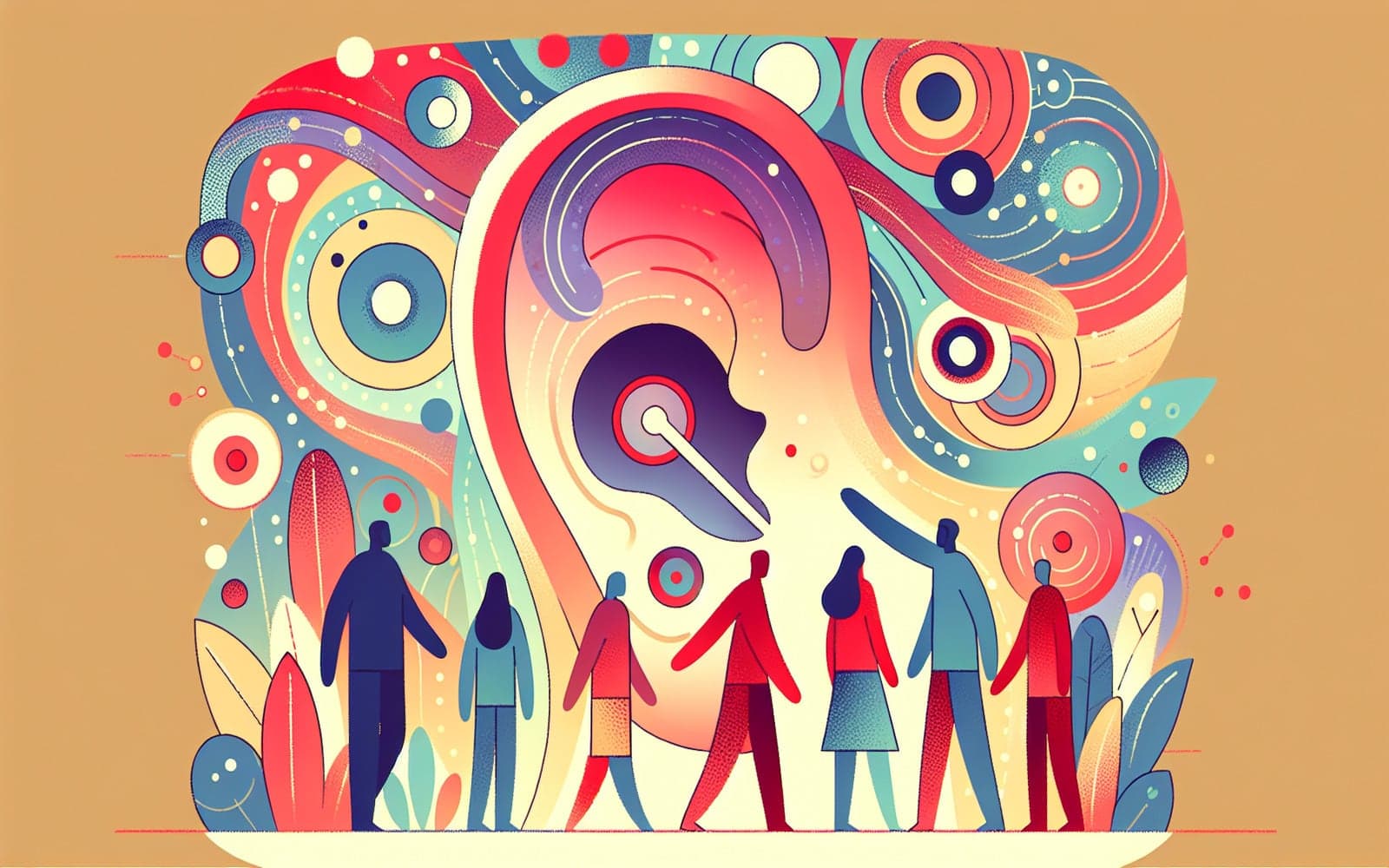What's Going On With Your Ears? Understanding Eustachian Tube Dysfunction
Published: Oct 19, 2023
Ever feel like your ears are clogged or popping? It could be Eustachian tube dysfunction. This common condition affects the tube connecting your middle ear to your throat.
Contents
What Exactly is the Eustachian Tube?
The Eustachian tube is a small passageway that runs from your middle ear to the back of your throat. It helps equalize pressure in your ears, drain fluid, and protect against germs. When working properly, it opens and closes to maintain the right pressure. But sometimes, this process can go awry.
Signs Something's Not Right
If your Eustachian tube isn't functioning correctly, you might experience ear pressure, popping or crackling sounds, muffled hearing, or even ear pain. These symptoms often get worse when you have a cold, fly in an airplane, or change altitude. Some people describe it as feeling like their ears are 'full' or 'underwater.'

What Causes Eustachian Tube Troubles?
Many factors can lead to Eustachian tube dysfunction. Common culprits include allergies, sinus infections, and colds. Sometimes it's due to anatomical issues or conditions like acid reflux. Smoking and exposure to secondhand smoke can also irritate the tube. In some cases, the exact cause isn't clear.
Getting Back in Balance
Treatment depends on the underlying cause and severity of symptoms. For mild cases, simple techniques like yawning, swallowing, or the Valsalva maneuver (gently blowing out while pinching your nose closed) may help. More persistent problems might require medications, nasal sprays, or in some cases, minor procedures to improve Eustachian tube function.
Frequently Asked Questions
Yes, it's actually more common in kids due to their anatomy.
Usually not, but chronic cases may need ongoing management.
Yes, changes in air pressure during flights can exacerbate symptoms.
Rarely, but it's an option for severe, persistent cases.
Managing allergies and avoiding irritants like smoke can help.
Listen to Your Ears
While Eustachian tube dysfunction can be uncomfortable, understanding the condition is the first step towards finding relief.
References
- Tucci DL, McCoul ED, Rosenfeld RM, et al. Clinical Consensus Statement: Balloon Dilation of the Eustachian Tube. Otolaryngol Head Neck Surg 2019; 161:6.
- Bluestone, CD. Eustachian Tube. Structure, Function, Role in Otitis Media, BC Decker Inc, 2005.
- Poe DS, Gopen Q. Eustachian tube dysfunction. In: Ballenger's Textbook of Otolaryngology, Wackym PA (Ed), BC Decker, Toronto 2008.
This article has been reviewed for accuracy by one of the licensed medical doctors working for Doctronic. Always discuss health information with your healthcare provider.
AI Doctor Visit Required
Appointments available 24/7
15-min consultation. No hidden costs.
AI Doctor Visit Required
For safety reasons we have been forced to end this consultation.
If you believe this is a medical emergency please call 911 or your local emergency services immediately.
If you are experiencing emotional distress, please call the the Suicide & Crisis Lifeline at 988 or your local crisis services immediately.
Contact us
You can also email us at help@doctronic.ai
We aim to reply within 5-7 days
How likely are you to recommend Doctronic to friends or family?


